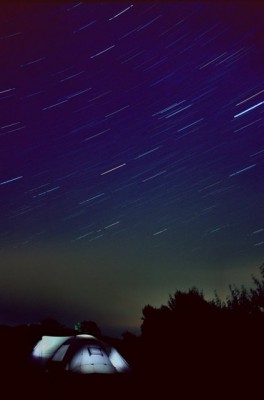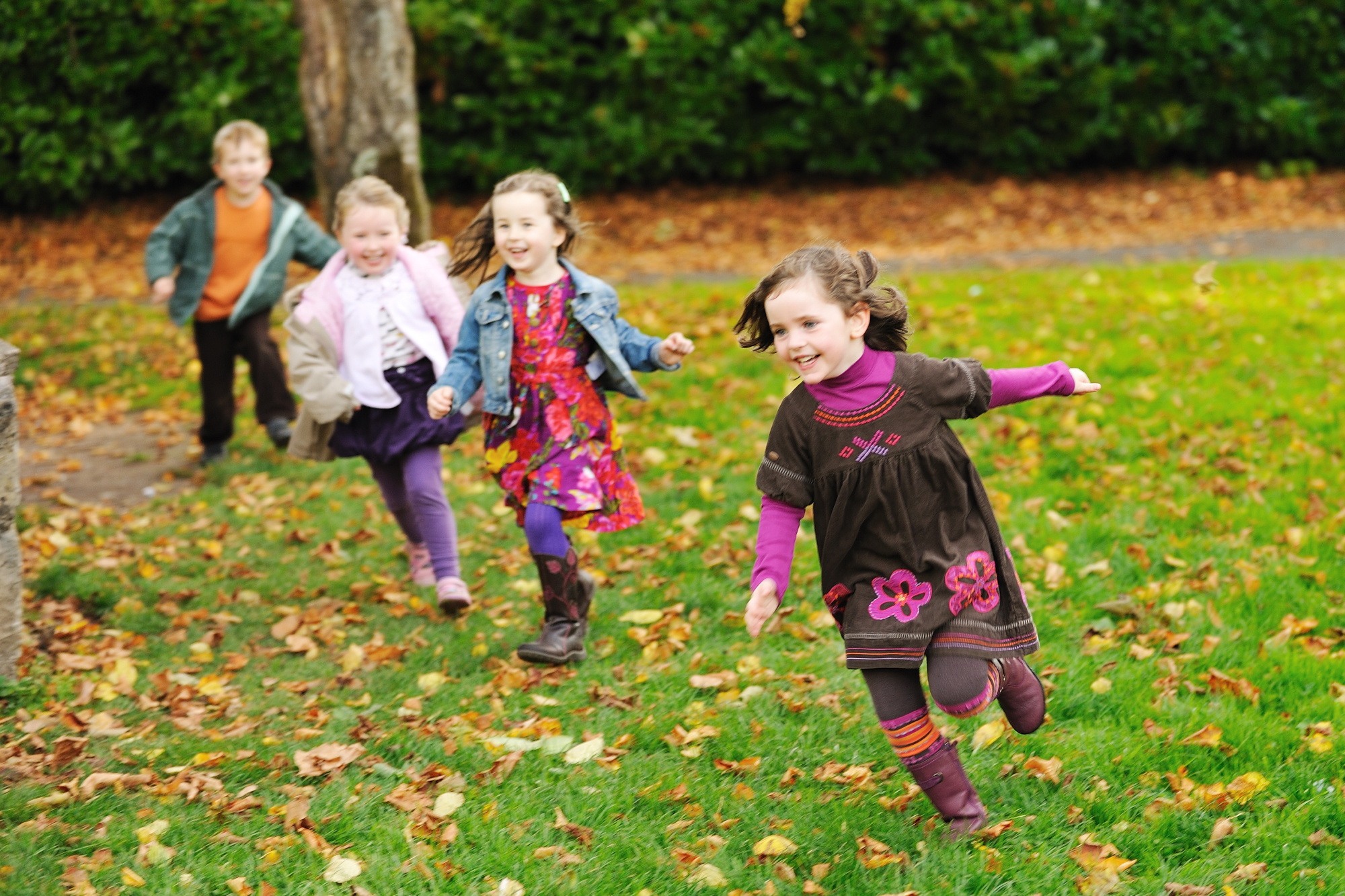I noticed that there has been a distinct lack of photographs in the last few posts! Hey, this is supposed to be a photo blog!
Well part of it may be that a week or so off has obvioulsy made me deeply philosphical but another thing may be that I took the chance while on holiday to shoot some film.
Film!
“Holy 20th Century Batman, you can get cameras that shoot film? What dastardly plot to undermine digital cameras is this?”
“Well not any more Robin but it used to be all the thing”
“What? No endless chimping? No instant gratification? You have to wait hours, no sometimes days to see your photographs? What kind of Victorian Water Torture is this?”
No really, digital is great, especially for my work. Between blinky adults, fidgey kids and weird mixed lighting its great to be able validate your set-up instantly and be able to take enough versions of a large group to reasonably expect that everyone will be looking at you with their eyes open in at least one. Moreover, the recent crop of pro DSLRs has made shooting with available light just an amazing experience.
Film still has a lot going for it. For scenic work where you have the time to set things up the advanages of digital are less obvious.
But I not only went film, I also went full manual. The discipline of having to go back to basics on your photography was really interesting.
“You have to remember to set the shutter and the aperature? AND focus? If it is a little dark you can’t just pump up the ISO? So what do you do? Hold your breath and try not to shake too much?”
It is great to slow things down when you can. Take your time. Remember the basics of your craft.
Then there’s the pure pleasure in operating a purely mechanical camera: the clunk of the shutter. There’s still a bit of the Engineer in me that appreciates a well crafted machine.
There is one application that film still holds a significant advantage over digital: star trails. Sure it is do-able with digital but worrying about batteries, long exposure noise, condensation issues and various other things doesn’t compare to just opening the shutter on a film camera and setting your alarm.
We didn’t get that many clear nights this trip (we didn’t even get many dry ones) and the one time we did get stars there was only time for two exposures (10 mins and 20 mins) before high cloud came over. But this is an on-going project and the FM2n will be in the bag any time I’m expecting to be out under a big sky.
It is something (else) that will take some time to perfect.

Oh, and on the subject of chimping, check out this video.

